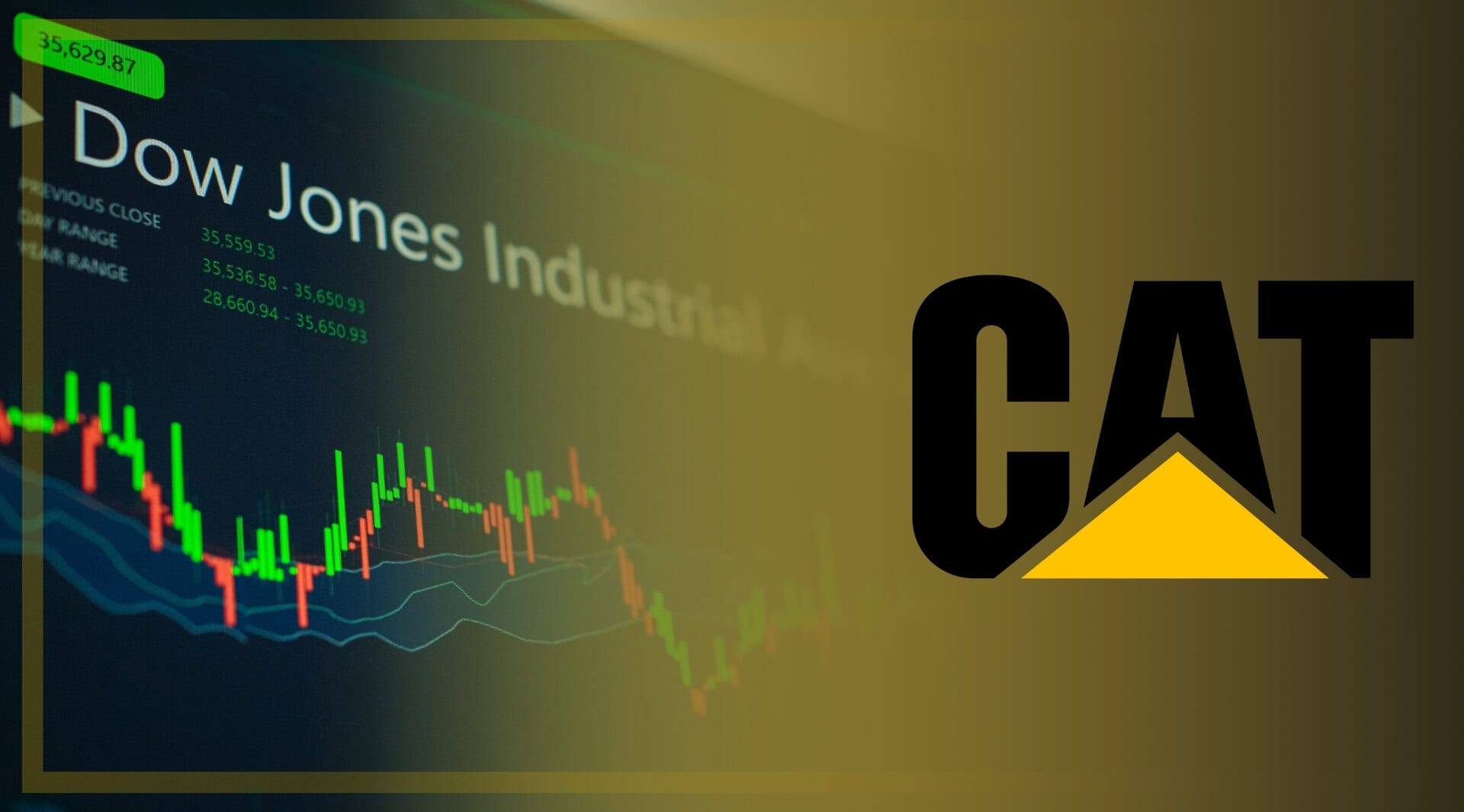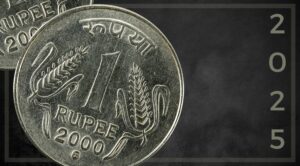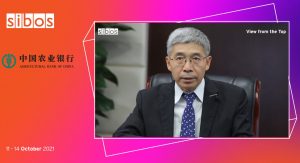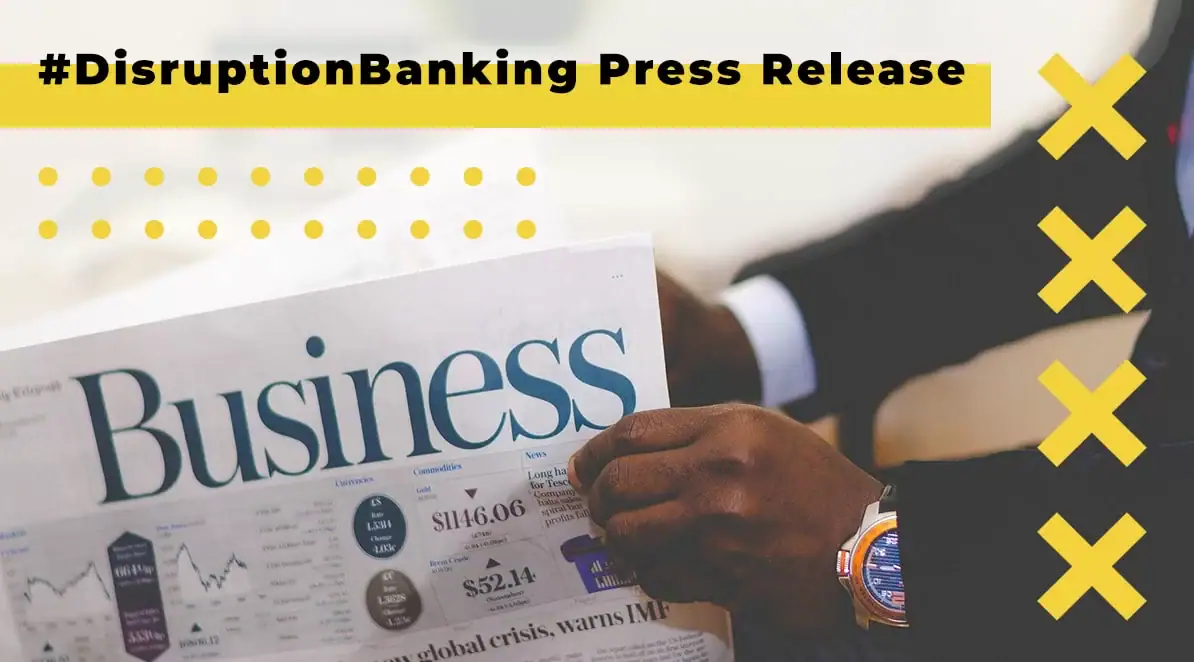“We have currency problems, as you know […] the depth of the currency now in terms of strong dollar/weak yen, weak yuan, is massive. And I used to fight them, you know, they wanted it weak all the time. They would fight it, and I said, if you weaken it any more, I’m going to have to put tariffs on you. They went as far as they could with me, but I was very tough with it. Nobody talks about it now.”
So said Donald Trump in a recent interview, reflecting the conventional wisdom in the United States that a strong dollar and weak yuan is destroying the US manufacturing industry.
Trump is correct to point to a strong dollar as one of the causes of US manufacturing becoming increasingly less competitive. The historic strength of the dollar – the ICE US dollar index, a leading global benchmark tracking the value of the greenback internationally, has soared nearly 13% since July 2021 – is responsible for making American goods much more expensive on global markets. It is also bad for multinational companies which earn profits in foreign currencies abroad as it becomes more expensive for them to convert their foreign profits into dollars.
Companies which take out financial products to hedge against dollar strength also face additional costs. Research from the Bank of America suggests that every 10% year-over-year rise in the dollar shaves around 3% from S&P 500 earnings. ING predicts that in the first quarter of this year alone, a strong dollar wiped off $8.4 billion of US profits.
A host of US companies are faced with a problem they had not expected to confront this year: a rising dollar https://t.co/kb42LDwhgL
— Reuters (@Reuters) May 10, 2024
But with that said, it is not entirely fair to pin the blame on China. After all, the main reason that the yuan is so much weaker than the dollar is because of the interest rate differentials between the currencies. The benchmark rate in the US still stands at between 5.25-5.5% following the Fed’s tightening cycle, which it initiated in a bid to bring down the high rates of post-pandemic inflation that US government lockdown policies caused.
China is not facing an inflation problem – in fact it has the opposite problem in that prices are not rising very much at all – and therefore inevitably has lower rates than the US. The People’s Bank of China has put rates up to a relatively high 3.45% in large part to try and track the Fed and minimise foreign exchange volatility without causing the serious economic stress that high rates can cause.
Nonetheless, the 2% spread between the yields on offer in the US compared to in China has inevitably caused capital outflows from China and into the States, causing a weak yuan and strong dollar.
The idea that Beijing is deliberately devaluing the #yuan and engaging in currency manipulation is not quite accurate. The yuan is significantly overvalued against the #dollar as things stand. #Chinahttps://t.co/WUtQOmcUfv
— #DisruptionBanking (@DisruptionBank) May 13, 2024
It is understandable that Trump would seek to talk down the dollar, even if he is wrong to blame China for the dollar’s strength. But how likely is he to get a weaker dollar?
The only way for national treasuries to influence a foreign exchange rate directly is to intervene in markets. To drive down the price of the dollar, the US Treasury could in theory sell off dollar reserves to swamp the market and cause the price to decrease – however that would be currency manipulation is therefore highly unlikely.
Furthermore, Trump talked about the dollar strength in a similar way during his last presidency but avoided policies which might actually have weakened the dollar. After all, a weaker dollar could destabilise US treasuries and drive borrowing costs higher, something which a potential Trump administration would want to avoid.
Trump’s domestic economic agenda is also likely to drive the dollar higher rather than lower. Extending tax cuts while protecting US industry through tariffs is a dollar-positive policy mix according to practically every major financial institution. Imposing tariffs on foreign goods will inevitably send prices higher, potentially keeping inflation at elevated levels and forcing the Federal Reserve to keep rates higher, in turn keeping the dollar strong.
David Page, AXA Investment Managers’ head of macro research, has said that Trump’s policies “will make Fed monetary policy easing less likely” and therefore boost the strength of the dollar.
Would any Trump administration want a weaker dollar and if so, how could it happen? We answer your questionshttps://t.co/X9gH91gnOh
— ING Economics (@ING_Economics) July 25, 2024
Trump’s choice for vice president, JD Vance, has been uncompromising in his desire for a weaker dollar. Vance has suggested he would even be prepared to surrender the dollar’s reserve currency status in order to secure a weaker dollar and boost US manufacturing.
“The strong dollar is sort of the sacred cow of the Washington consensus, but when I survey the American economy, and I see our mass consumption of mostly useless imports on the one hand, and our hollowed-out industrial base on the other hand, I wonder if the reserve currency status also has some downsides,” he said in 2023.
Trump and Vance’s desire for a weaker dollar is an understandable one – but barring an unexpected shift on foreign exchange markets, they are unlikely to get one.
Author: Harry Clynch
#USDollar #Greenback #ForeignExchange #USPolitics















